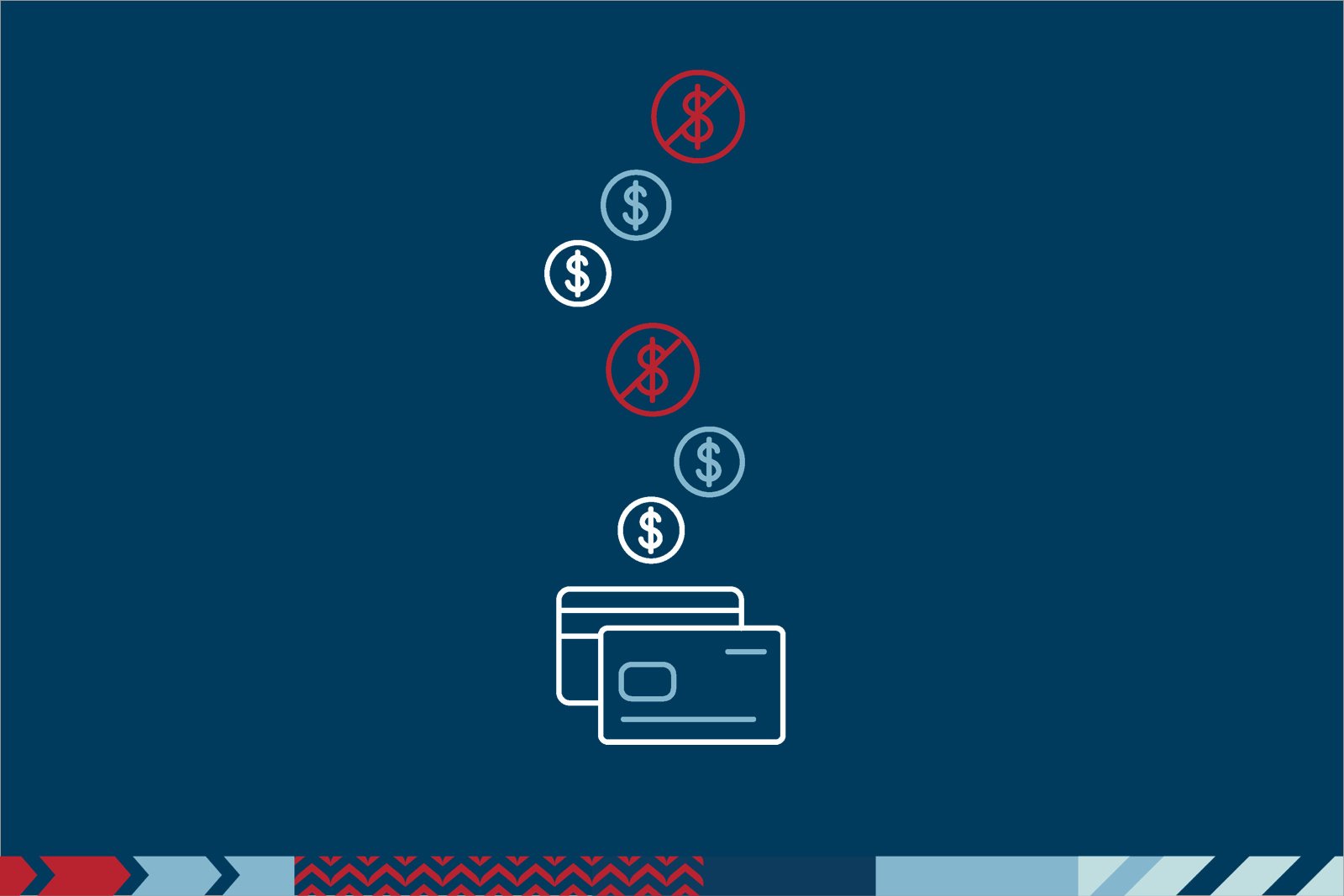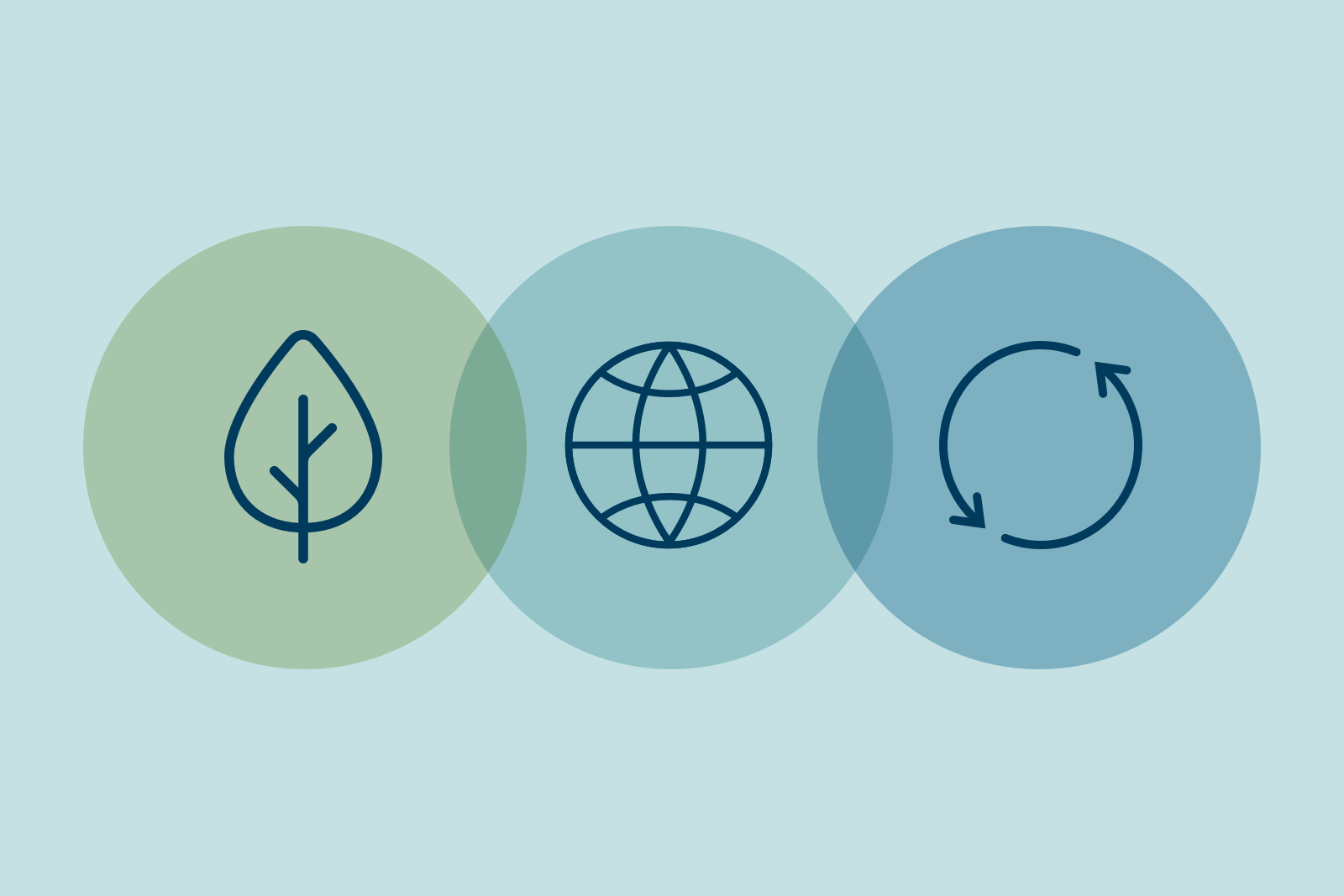Consumers Embrace Buy Now, Pay Later

Buy now, pay later (BNPL)—a purchasing option that’s more than simply a contemporary version of layaway—is trending with consumers and gaining traction with major brands, retailers, and credit card issuers.
Take, for example, the rapid expansion of BNPL sales during Cyber Week, the week that begins on the Monday after Black Friday. During Cyber Week 2021, global BNPL usage increased 29% over the same week in 2020. Even more notably, PayPal’s BNPL model saw an increase of 400% on Black Friday from 2020 to 2021.
The purchase method is clearly gaining momentum—and for good reason. As The Lacek Group’s recent research shows, today’s consumers value brands that provide convenient, seamless experiences to meet their emotional as well as rational needs. BNPL delivers on those expectations by offering customers the ability to buy a product and take it home right away but extend payments through a series of predetermined installments.
Get it today, pay for it over time
Essentially, BNPL is a free, or very low cost, point-of-purchase installment loan that can be accessed with a simple click at checkout. While there are some variations, the core of BNPL has customers making a purchase, receiving the goods immediately, and then paying in equal installments over a specified payment period. Typically free of interest and fees, payments are made with either direct draw from a customer’s bank account or through credit card charges. From a customer’s perspective, it doesn’t get much easier.
In fact, some argue it’s too easy. More than half of consumers (55%) say they tend to spend more using BNPL than they ordinarily would using other payment methods. That $3,000 Peloton bike feels much more attainable when purchased with automatic, interest-free monthly payments of $64.
The temptation to overspend aside, BNPL is growing in popularity with consumers, especially younger, convenience-driven shoppers, who may not have access to other lines of credit.
The appeal is multifaceted
BNPL is typically a seamless, one-click experience at checkout that lets consumers make large purchases without accruing interest and minus the logistical hassle of a monthly payment. Whether it’s a pay-in-four plan—a common BNPL structure—or equal installments over a longer period of time, consumers can make a large purchase and pay it off without thinking about it again, since BNPL is predicated on automatic payments.
While layaway and installment payment plans have existed for decades in various forms, they can demand cumbersome paperwork or a tiresome wait to have the purchase in hand. Alternatively, making a large purchase on a credit card means facing hefty interest charges if it’s not paid off in full that billing cycle—or unwelcome late fees if you forget to make an on-time payment. BNPL solves those pain points, and today’s consumers are drawn to its convenience and value.
BNPL also delivers on key emotional drivers. Brands that provide convenience and compassion appeal to today’s consumers, who are still reeling from the life-altering challenges of the global pandemic. BNPL gives customers privacy and flexibility for paying off a large purchase. It removes the social stigma of traditional layaway services, which required customers to go to an area of the store to pay off a large purchase before taking it home.
Additionally, BNPL relieves the anxiety of placing a large sum on an interest-accruing credit card, which can make growing balances harder to pay off. Monthly payments are already a mainstay in our financial lives—e.g., mortgages, cellphones, and other necessities—which lends monthly BNPL payments a level of comfort and familiarity.
BNPL isn’t just for people without credit cards
It is true that BNPL represents a buying opportunity that otherwise doesn’t exist for many Gen Z and millennial consumers who either can’t get a credit card or choose not to have one. According to a recent consumer survey, half of millennials don’t have a credit card, so BNPL may be their best (or only) option for short-term financing on large purchases.
However, the notion that BNPL attracts only young consumers without access to other credit options is false. Yes, BNPL use has been driven largely by younger shoppers, but its popularity is rising across all age demographics. And BNPL has seen an 80% increase in its rate of use between 2020 and 2021. Many BNPL users have other credit options but elect BNPL either for its convenience or financial benefits.
BNPL’s growth invites new players
Originally driven by fintech firms, the BNPL landscape has expanded in recent years with major retailers and credit card issuers providing new offerings and partnerships.
Fintech firms Klarna and Affirm, two BNPL leaders, are expanding. Klarna has 90 million active users across the globe; from June 2020 to August 2021, it doubled its U.S. audience. Affirm, a BNPL pioneer, recently announced partnerships with retail giants Target and Amazon.
With the proven success of early BNPL providers, others have entered the field. One of the first major e-commerce partners to offer BNPL, PayPal creates a seamless experience for the consumer by building on its existing presence as a payment choice at checkout to offer a pay-in-four option for purchases at any price point. More than 9 million customers have used the service.
Credit card issuers have taken note of the popularity of BNPL and devised their own offerings. American Express offers a “Plan It” option, which allows large purchases to be paid off in monthly installments for a small fee instead of the consumer’s current interest rate with the card. Its most notable brand partner, Delta, touts this feature and allows customers to pay for flights using Plan It without sacrificing SkyMiles reward earnings.
Mastercard is joining the BNPL movement by acquiring partnerships with BNPL specialists and notable brands—such as Bass Pro Shops and Cabela’s, Deserve, H&R Block, i2c, Lithic, Saks Fifth Avenue, Sutton Bank, and Walgreens. Mastercard Installments streamlines BNPL use both online and in-store across retailers that accept Mastercard.
What does BNPL expansion mean for loyalty?
Loyal customers are cultivated with convenient experiences that meet their emotional and rational needs. In that sense, BNPL is a home run for winning and keeping loyal customers.
BNPL presents a clear opportunity to bring new customers to a brand by reducing or eliminating barriers to large purchases. The average amount customers spent on their most recent BNPL purchase was $689. The BNPL model allows for an immediate transaction where there otherwise might be hesitation or delay, opening the door for new buyers and reinforcing relationships with existing customers.
BNPL firms have even entered the loyalty landscape with their own programs. Afterpay’s four-tiered loyalty program, Pulse Rewards, offers various benefits, including welcome rewards and early access to sales from favorite brands. The more points a customer accumulates, the more exclusive rewards they can earn.
Klarna’s rewards program, Klarna Rewards Club, places the emphasis on on-time payments rather than purchases. Points are “earned” for each purchase, but the rewards are added to the shopper’s balance when payments are made. Points can be redeemed with partners like Amazon, Walmart, and Starbucks. Members also receive exclusive deals, content, and experiences.
Retailers partnering with these providers and offering their own rewards programs have an opportunity to allow customers to “double up” on reward earnings. Shoppers who are loyalty members with a retailer and the BNPL provider can earn rewards in both programs with one purchase. For example, a member of The Nordy Club, Nordstrom’s popular loyalty program, who chooses Afterpay at checkout and enrolls in Pulse Rewards earns points for both loyalty programs with a single purchase.
While BNPL is still relatively new, with healthy growth, partnership opportunities, and an appealing mix of benefits for consumers, it’s likely here to stay. Make sure you consider how BNPL may influence your brand’s customer experience, especially how it may fuel your loyalty landscape.
Maeghen Krueger is director, strategic services for The Lacek Group, a Minneapolis-based data-driven loyalty, experience, and customer engagement agency that has been delivering personalization at scale for its world-class clients for more than 30 years. The Lacek Group is an Ogilvy company.

